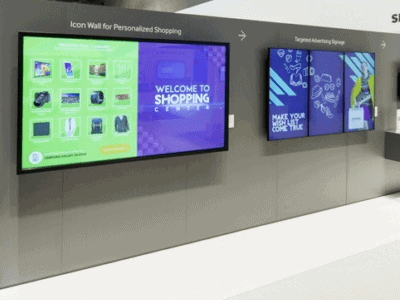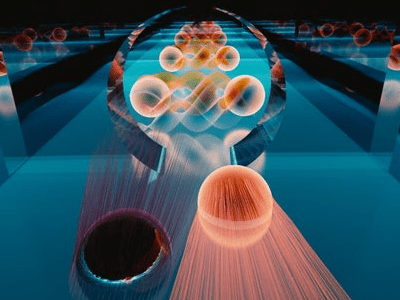Peratech, a leading touch technology material provider, was recently recognised by NASA for its QTC touch material. This material was used by NASA in its space robot ‘Robonaut’, to provide real time finger sensing capabilities, just like humans, under extreme space conditions.
To provide these capabilities, a conductive material known as Quantum Tunneling Composite, based on Quantum Tunneling effect was used. The QTC material has the ability to transform from being a perfect insulator to a metal-like conductor, when placed under sufficient pressure.
If we compare, traditional materials with QTC materials the major difference between the two is the way in which conducting particles are placed inside the material. In the former, the conducting particles are always in contact with each other, creating a continuous conduction path. On the other hand, the conducting particles are never in contact with each other in QTC materials. Also, the particles inside QTC materials have irregular structures with a spiked wet surface. This wet surface is provided by a layer of silicone rubber, which allows the particles to come close to each other but not in contact.
The function of a spiked surface is to create a high concentration of electron charge at the tip of each spike; this reduces the width of the potential barrier, thereby allowing tunneling of the electrons. The major advantage associated with this kind of surface is that varying conductivity can be achieved under a wide range of environmental conditions.
Apart from this, there are several other advantages associated with QTC materials, namely:
- Can be moulded into any shape and size
- Highly durable and strong
- Can withstand extreme temperatures
- Highly versatile
- Can be interfaced in several standard electronic and electrical devices, etc.
These unique properties have allowed QTC materials to be used in a wide range of application areas such as automotive, sports, robotics, medicine etc. For instance, in automotive applications these materials are embedded in car fabric controls to provide gesture, stroke, swipe and pressure sensing. In mobile phones, these are used in touchscreens, trackpads and non-mechanical buttons.
In the coming years, we expect QTC materials to occupy a special space in a wide range of applications to provide next generation touch experience to users. As mentioned above, NASA used these materials in robot fingers to provide a real time touch experience. The next logical step would be when these materials are used as robotic ‘skin’ that will detect not only what these robots have touched but also how hard they have touched. There is a whole new world of exciting applications that awaits Quantum Tunneling Composites…!












